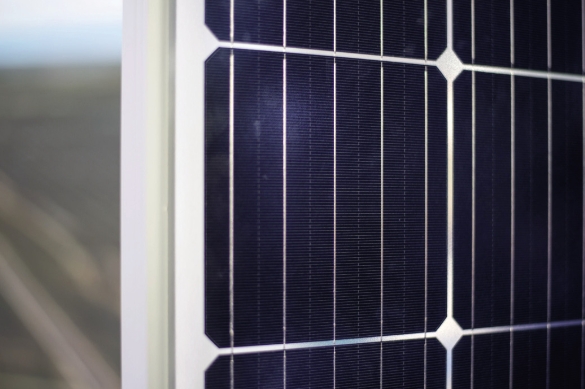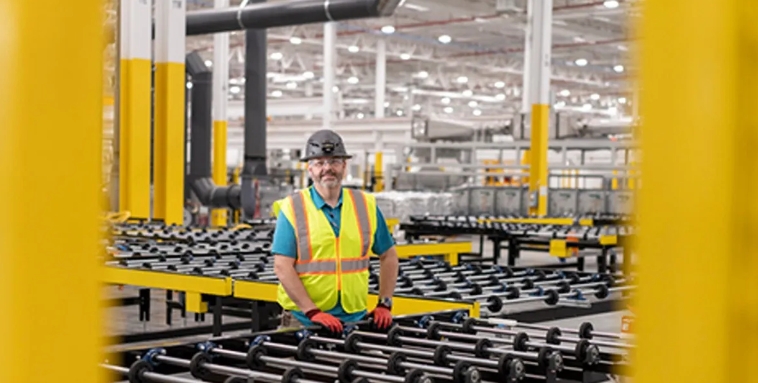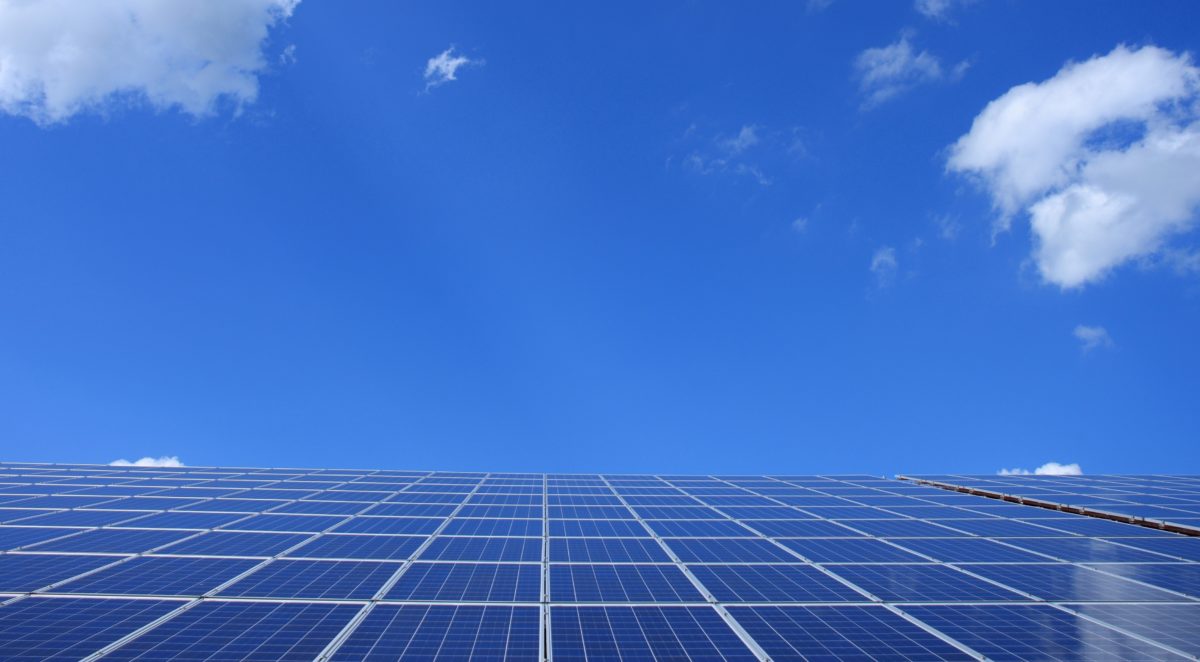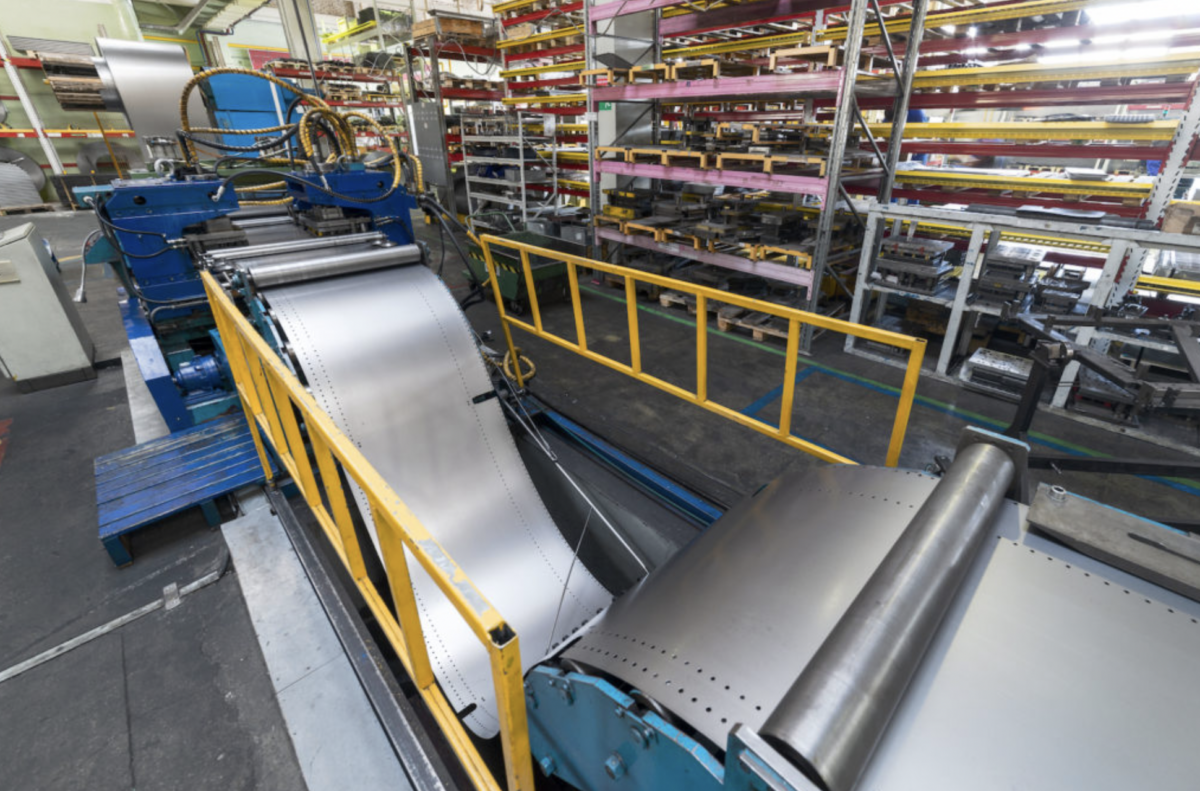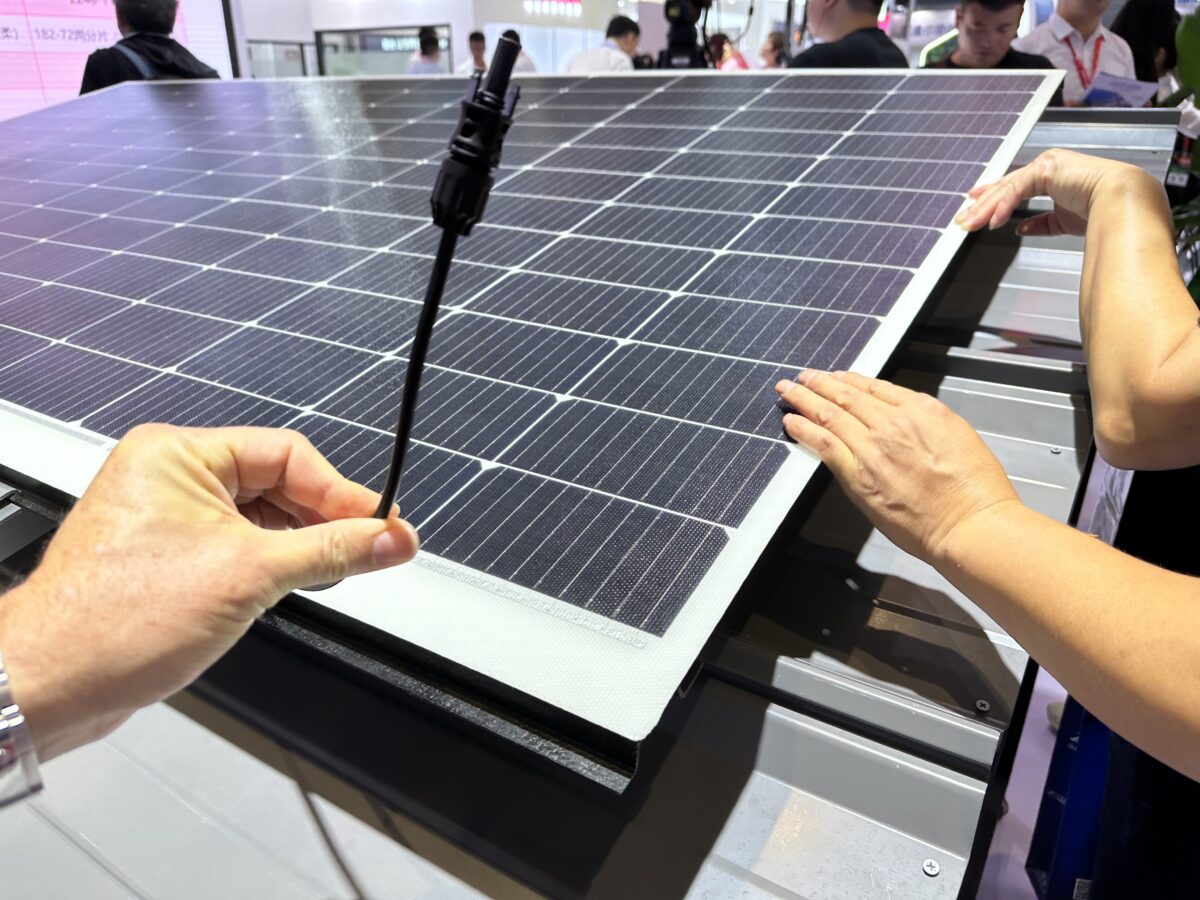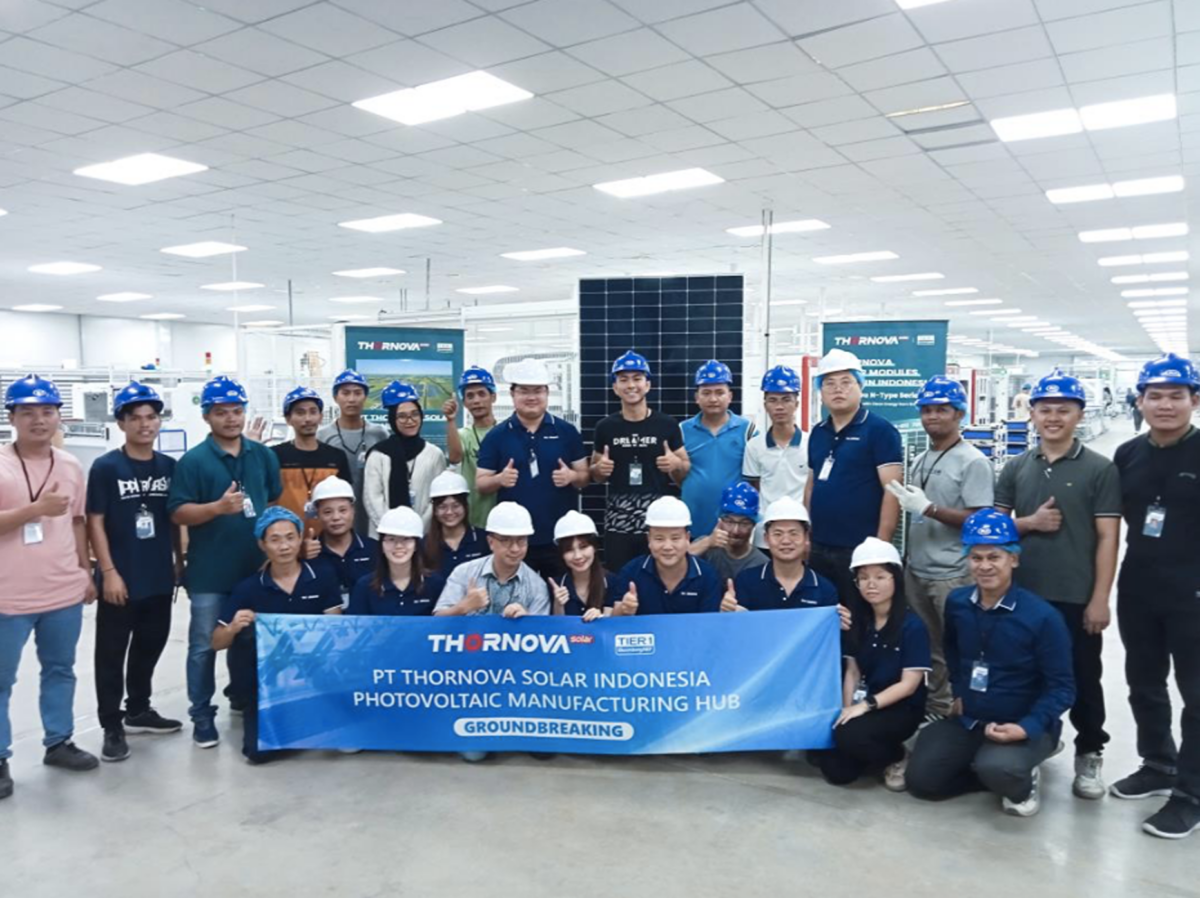Novatek-led liquefied natural gas producer Yamal LNG is considering adding a wind power plant to its existing gas-fired generation facilities in Russia as it aims to drive down its carbon emissions.
The existing generation facilities already provide electric power and heat to the operator's flagship LNG plant near the port of Sabetta in West Siberia.
In June, Russia's largest oil producer Rosneft said it had signed an agreement on co-operation in wind power generation with Vestas, aiming to use the latter's expertise and equipment for its own ambitious Vostok Oil project in East Siberia.
Yamal LNG chief shareholder Novatek has not commented on its renewable power plans.
Moscow business daily Kommersant reported that Denmark’s Vestas is a potential partner in the project, which aims to reduce the carbon footprint of Yamal LNG as international customers become more carbon conscious.
The mooted wind power plant would be expected to provide maximum output of 200 megawatts — about half of the current capacity of the existing generation facilities at Sabetta.
These have eight Siemens-made gas powered SGT-800 combined cycle and cogeneration turbines installed to provide peak output of about 380 megawatts.
Earlier, Novatek and Siemens agreed to jointly examine the feasibility of a project to upgrade one of the turbines at these existing generation facilities in Sabetta to be able to run on a mixture of natural gas and hydrogen.
Novatek is understood to be still considering producing blue hydrogen using the gas steam reforming process coupled with carbon capture and storage, or green hydrogen by utilising wind power generation and electrolysis.
Company executives have repeatedly indicated that any decision to introduce renewable power into its LNG projects in the Russian Arctic region will be based on the commercial attractiveness of the technology.
According to Novatek, natural gas will remain the focus of its business for the long term as it sees gas taking an increasing share in the primary global energy mix.
The company is currently targeting a modest 6% drop of greenhouse emissions in its gas and condensate business to 11.8 tonnes of carbon dioxide per 1000 barrels of oil equivalent, and a 5% reduction in emissions to 250 kilogrammes of CO2 per one tonne of LNG, all by the year of 2030.
